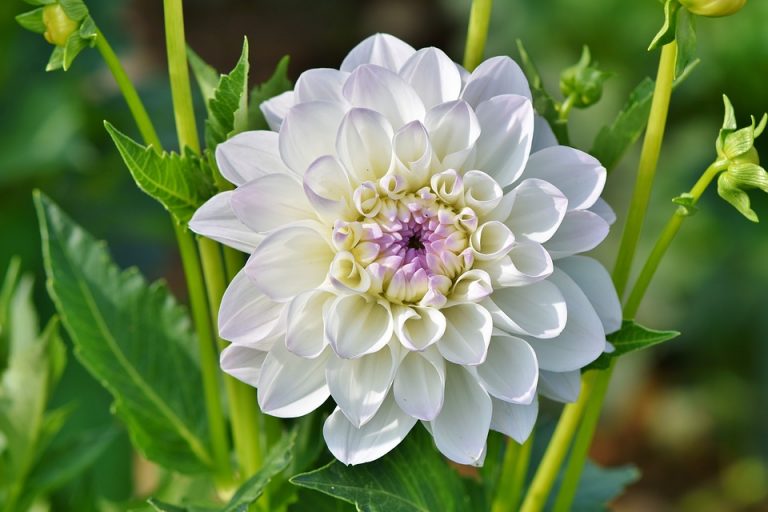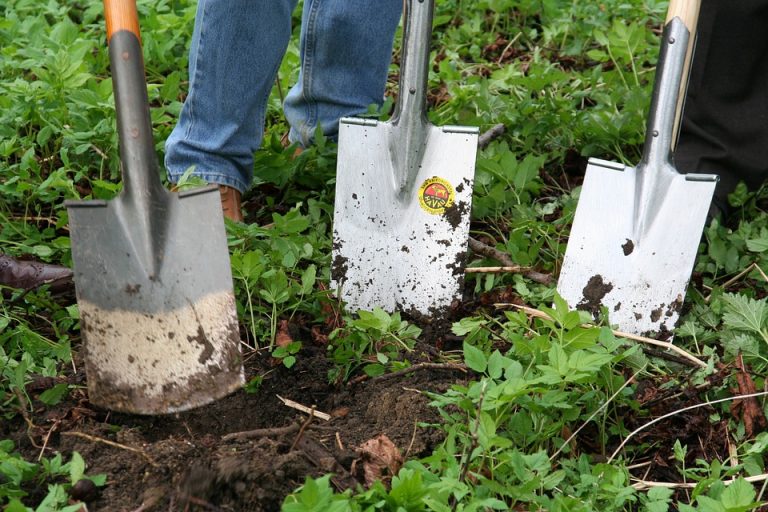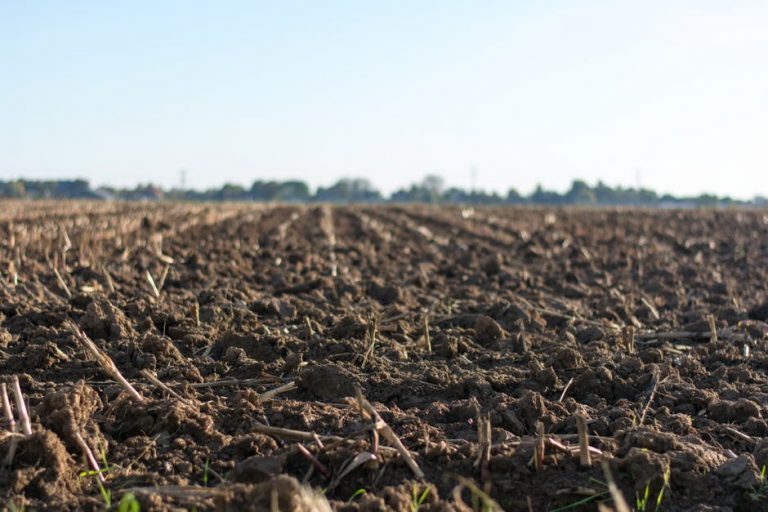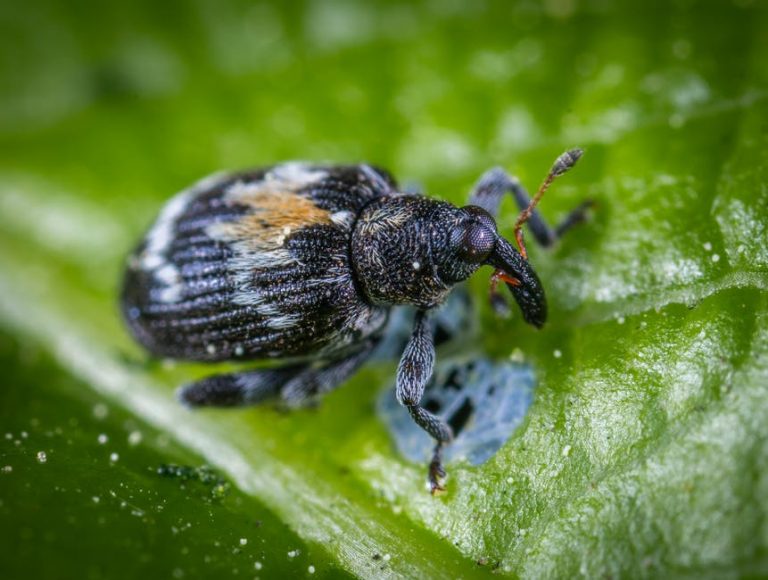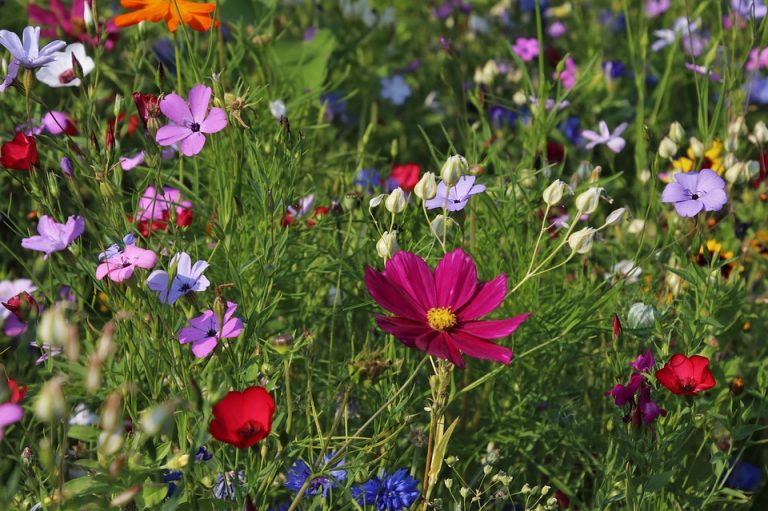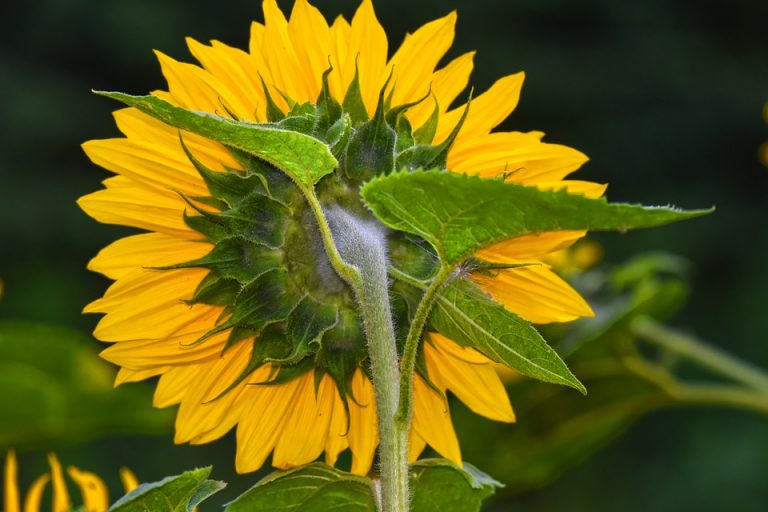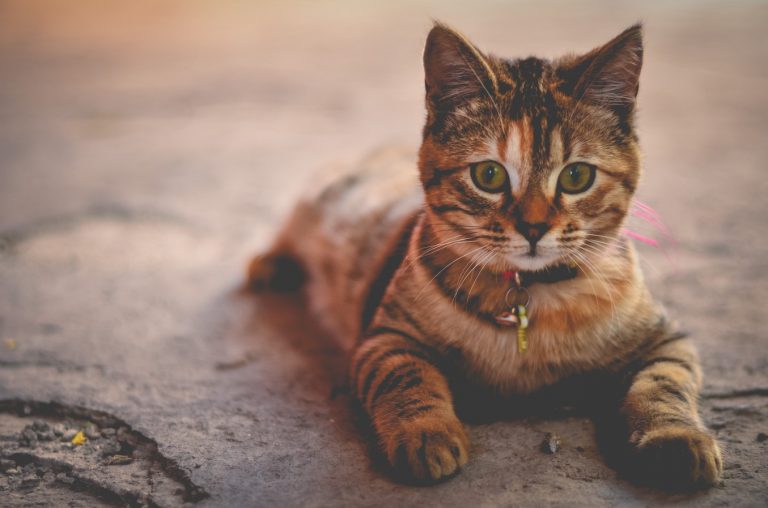There are a lot of different ways to acquire free plants and even unusual ways depending on how adventurous you are. Another sneaky way to acquire free plants is to throw a Garden Party. No, not the big hat, posh refreshment type of Garden Party, but a party to increase the size of your garden….
Reusing Stuff In Your Garden
Earth Day isn’t just a day in April to frugal gardeners. No matter what month it is, we’re always on the look out for ways to tread lightly in our little corner of the world. Here is a short list of some of the items which many people throw away that I reuse in some…
Free Organic Fertilizer
All set for another article telling you the jobs you should be tackling from your “to do” list this winter? Well, think again! I’m not going to tell you to clean and sharpen your shovels (although we should all be doing that!), nor am I going to give you a schedule to get your fruit…
Frugal Pest Control
If you have a garden, the you have garden pests. It seems that bugs of all kinds love our plants just as much as we do. There are a couple things you can do before heading off to your local garden center to purchase products to tackle the problem. First, you don’t necessarily want to…
Growing Native
Frugal gardeners are always looking for ways to make their yards attractive, while holding costs down. Re-introducing native plantings to your property will do just that. Native plants are those that were growing in any area before humans introduced plants from distant lands. In my Zone 7 garden located in the Pacific Northwest, they include…
Harvest Your Own Seeds
Since my garden is located in Zone 7, now is the time to start planning ahead for the hundreds of free plants I want to get next spring. If you’re just starting out at gardening as a hobby, you may be wondering how does one get free plants? You are also probably wondering that if…
Know Your Plant Zones
If you’re interested in gardening to any extent at all, you should really know what zone your garden is in. Having this number in mind will help you pick plants for your area that are going to survive over winter. Step number one for a frugal gardener is to stick to plants that will…
Annuals vs. Perennials
You’ve decided to add some color to your garden and every store has dozens of the 4 or 6 packs of annuals lined up just like candy bars at grocery check out lines. It is tempting to choose a few petunias, some trailing lobelia and other “color spots” as garden departments like to call them….
Conserve Water & Save Money
Since it’s the middle of summer in my zone 7 garden right now I thought it might be good to review some principles of watering our gardens & trees. If you’re paying a monthly water bill, you don’t want to waste money and when you do water, you should be getting the most for your…
Cats & Your Garden
One of the things that many gardeners dislike is having cats visit their garden. If you would like to keep cats away from your garden, there are some frugal steps that you can take that can help relieve the situation: First, remove the poop. I know…icky! If you don’t, however, the cats will think the…
